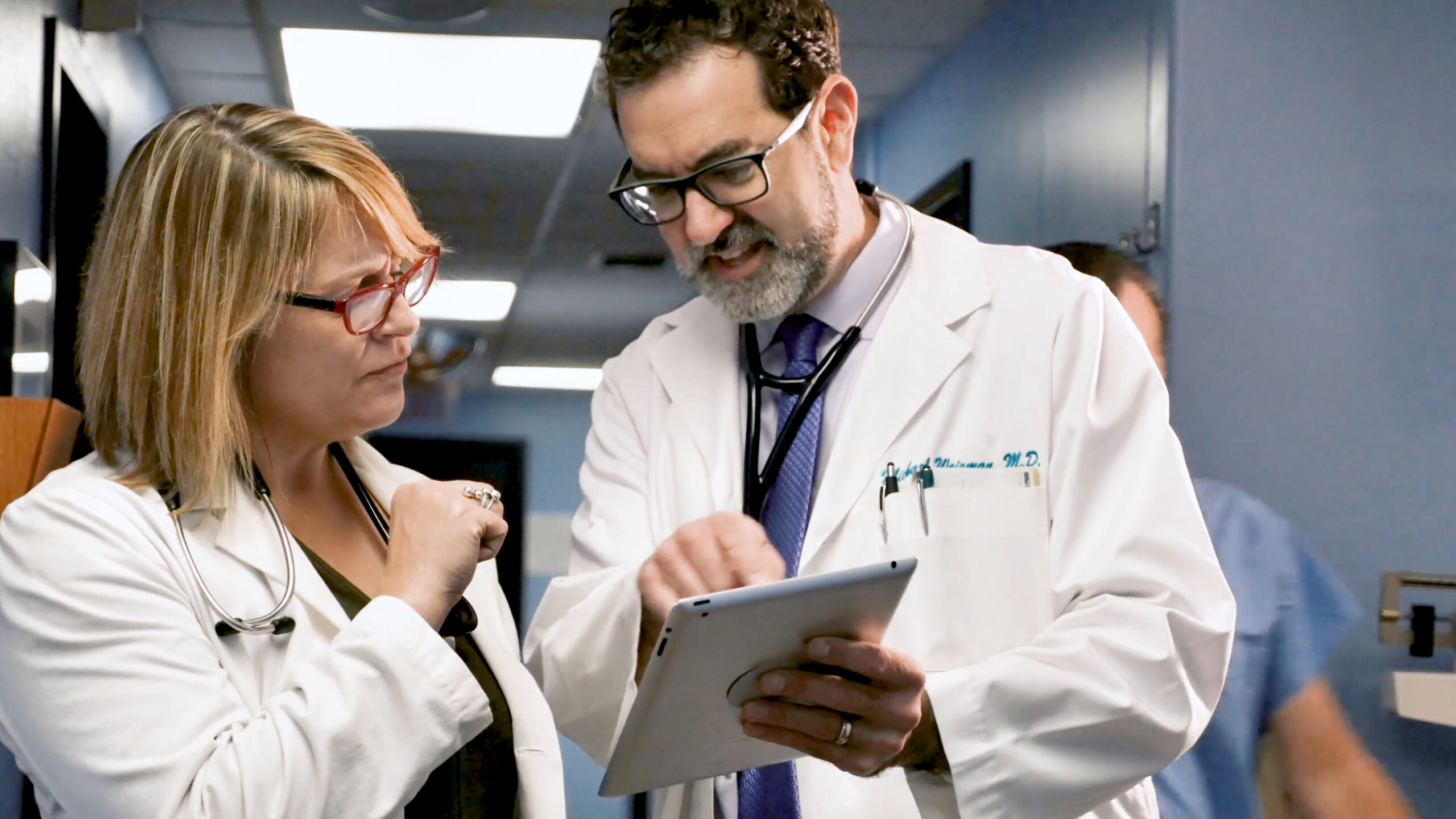Spine & Thoracic EHR/EMR Software
Get a unified workflow experience with our integrated spine and thoracic EHR/EMR software.
Get a unified workflow experience with our integrated spine and thoracic EHR/EMR software.
With extensive features to digitize and simplify your EHR, appointments, billing, and patient interaction, it’s no wonder doctors are seeing how an intuitive EHR improves their spine and thoracic practice. Our experts designed the EHR to work with all types of outpatient settings, whether big or small. And ultimately, we can help you realize your therapeutic goals related to the patient’s spine and thoracic cavities.
With customized patient note templates, our innovative patient cards framework, integrated scheduling and rooming, as well as prioritiezed task donuts, we help providers stay organized while completing their most critical tasks for the day first. Our EHR is ideal for your spine and thoracic practice, regardless of size or scope. Use our thoracic EHR/EMR software everywhere you need to be as it’s cloud-based and available on tablets and smartphones, as well as desktop computers. This way, you can enjoy fast credit card processing for your medical practice and increase traffic and income without sacrificing the quality of patient care.

Even though medical practitioners use terms “EHR” and “EMR” interchangeably, their values differ substantially. An EMR (electronic medical record) is a computerized version of a paper document containing patient information, whereas an EHR (electronic health record) is automated documentation of health information. With our software, you have an advanced spine and thoracic EHR/EMR software for all medical therapies involving the spine and thoracic cavity.
For the past two decades, we’ve been consolidating healthcare systems and streamlining workflows utilizing cloud-based technology to fast-track therapeutic interventions involving the spine and thoracic vertebrae. Digital medical records, healthcare payment management services, and patient involvement are part of this cloud-based software platform’s functionality.

The EMR, or electronic medical record, has the same information as a paper document, including the patient’s medical history, diagnosis, prescriptions, vaccination dates, and allergies. However, although EMRs function effectively within a medical center, they are restricted since you cannot transfer them outside the center.
(EHR), “electronic health record,” on the other hand, refers to a computerized database of patient medical records. As part of an EHR, a patient’s medical history may include previous diagnoses and treatment plans, vital signs, progress notes, prescription information, and vaccination schedules. The database contains general well-being gadgets, insurance records, and demographics.
EHRs are effective not just because of the data they hold but also because of how you can exchange that data. The medical record is readily accessible to authorized practitioners in various medical institutions. This feature makes it easier to coordinate care, which you also enjoy with our spine & thoracic EHR/EMR software.

Digital records are easier to read, unlike physician handwriting, which is notoriously difficult to decipher. This means that crucial areas like diagnosis and medical instructions are less likely to be misunderstood, averting potentially serious side effects in patients.
Enhance many aspects of patient care as a result, including:
Using EHRs, you can also store and evaluate data more securely, as well as more swiftly.

Digital health records were initially developed as an alternative to paper records to simplify the storage and retrieval of patient data. However, they now provide plenty of added benefits. There is no chance of data theft, misplacement, vandalism, or tampering when records are stored electronically. There are also no typos or errors in handwriting or readability with digital documents.
With real-time updates, chiropractors and other specialists in spine and thoracic practice can provide other healthcare providers with accurate and up-to-date patient files. This computerized record can link up all of the doctors and specialists who work with a patient throughout the course of their treatment.
Continuity is highly beneficial, particularly when patients switch their chiropractors or visit a new specialist. It gives the practitioners a clear picture of the patient’s medical history instead of starting afresh.

Specialists no longer have to waste time digging through piles of documentation to get the patient data they need. You can access digital records in a fraction of the time and with far fewer keystrokes. It provides a wide range of benefits for those in the spine and thoracic practice, like increased efficiency by:
EHRs can also save money and resources by lowering the number of paper documents and unnecessary or redundant lab orders, as well as making it easier to manage medications.

It is vital to safeguard electronic health records. HIPAA compliance and the security of your medical information are two advantages of electronic health records (EHRs). Security is a top priority for EHR providers who adhere to industry standards like IDC9/10, CPT, and others. Your hipaa compliant payment processing won’t go to waste either.

The experts at AdvancedMD created a premium spine & thoracic EHR/EMR software. You can test it with a free demo version. It’s easy to understand how these resources benefit small and medium-sized practices in spine and thoracic.
Watch a video demo or set up a time to see it in action. You’ll learn all you need to know about AWS and AdvancedMD. Make your life easier for your practice and patients by learning how automated software can help you. Enjoy both convenience and security without sacrificing one for the other. Work from anywhere, attend to patients, and stay in touch with a cloud-based workplace and remote healthcare suite.